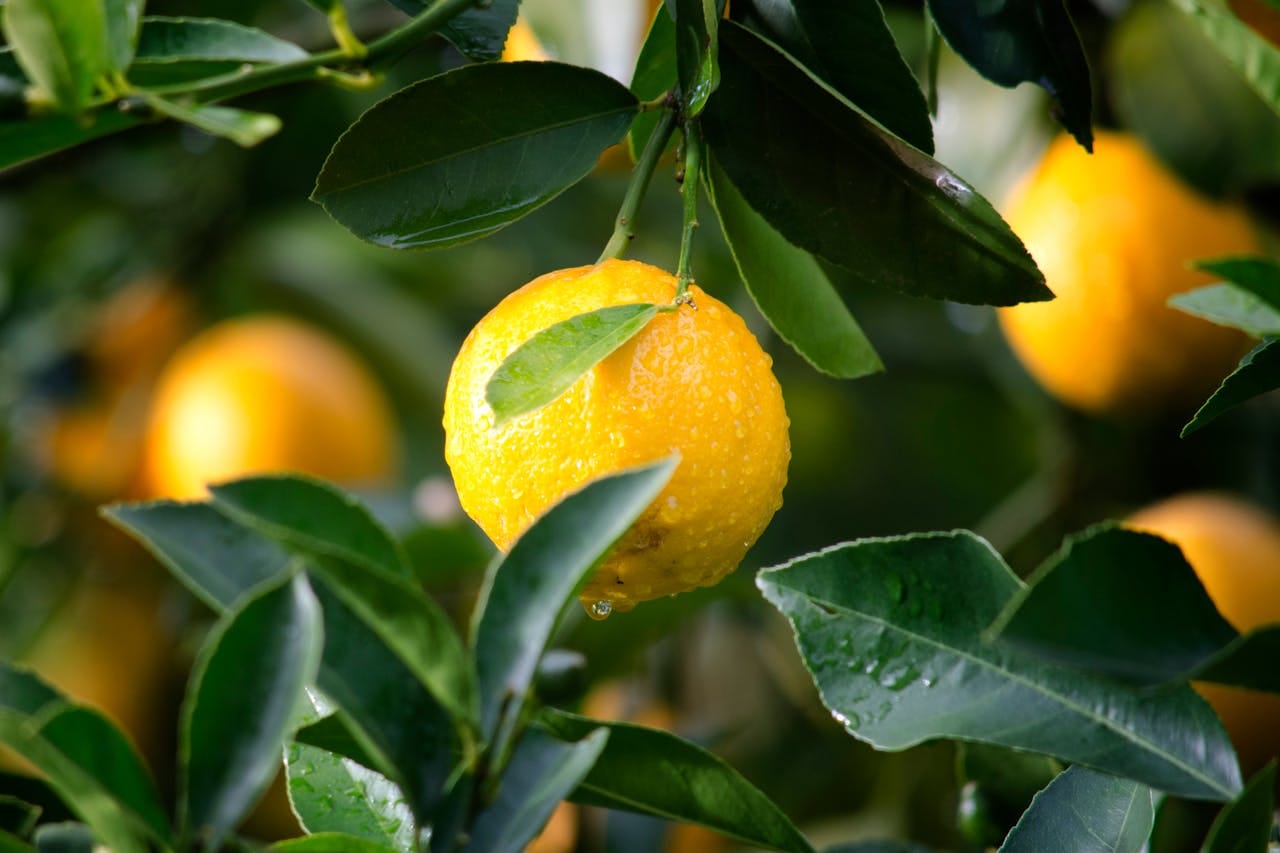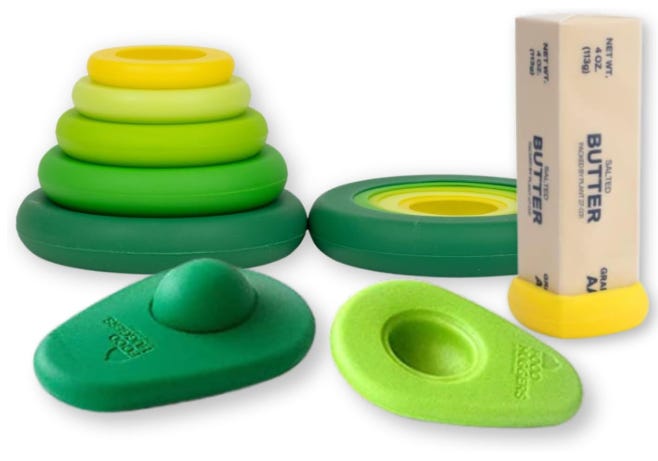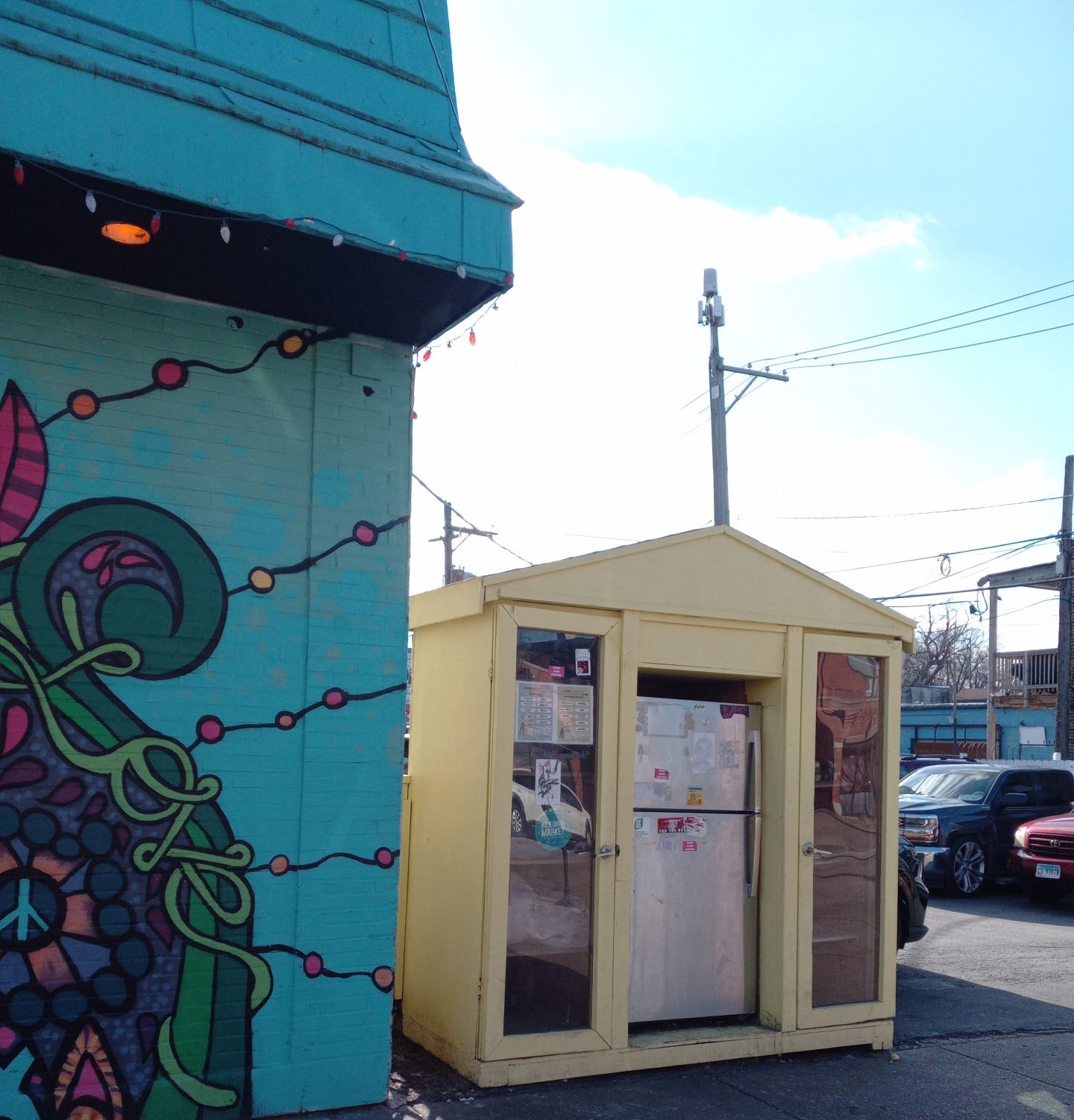Chick-fil-A is a reminder of why home gardens and donations trump greed
Franchise is tapping into new revenue streams with the excess juice from lemons

In my first newsroom job, I was tasked with hiring interns for our newly created blogging section. I’d hired a fashion blogger (the best-dressed circulation employee you’ve ever seen in your life), two reporters who wanted to discuss more nuanced news and religion, and I recruited an online reader to discuss health and recipes.
If you saw this New Jersey native when he walked in our front doors, he looked like he was getting ready to perform at somebody’s rap concert more than he did someone who was going to insist that I start a vegetable garden on my window sill. (Big Redman and Naughty By Nature energy.) And I loved that looks can be so deceiving. Even as a vegetarian (he was not), he made me want to step my veggie game up and was very particular about recipes.
ADVERTISEMENT ~ Amazon
As an Amazon Affiliate, I earn a percentage for each purchase with my referral links.

I thought about him recently after reading a news report regarding Chick-fil-A using robots to tackle the bulk of its lemon juice production at its Bay Center Foods facility. The franchise claims it will boost efficiency and reduce waste. My first thought was what happens to the employees that may have been doing that job before a robot entered. Although I’ve never stepped foot in a Chick-fil-A, this business decision would’ve made me stop.
Recommended Read: “Target Chose Human Workers Over Robots — Here’s Why”
But I paused over the part about “reducing food waste” because restaurants and grocery stores are not always the best at making the most of leftover food. While programs like Too Good To Go mean well, the surprise bags have a 50/50 chance of being awful and resulting in first-time customers being onetime customers. The problem is that some restaurants don’t get that this anti-food waste surprise bag is an opportunity to spread the word about their company.
I think Chicago’s Honeybear Cafe got it right. The restaurant always has a line around the corner, not including people sitting in the chairs in front and waiting for their names (or numbers?) to be called. But they also installed a refrigerator and pantry shelf station near the parking lot, where all kinds of grocery stores, restaurants and locals can donate food for free. Instead of paying $3.99 for a bag of food and not knowing what’s inside, the extent of “shopping” here is happening to walk by when a volunteer or store employee pops up to drop off boxes or bags of food.
When a relative passed away, I made the most of this station. He was a Master Chef and had cabinets full of seasoning and random food he’d never made. Putting endless boxes of food in here (and Freecycle) meant it would not go to waste. (This past Christmas, I even rescued a bag of about 12 rolls of wrapping paper before a family friend was going to throw it away. She thought everyone used Christmas bags nowadays. Less than 24 hours later, that wrapping paper was gone.)
That food intern and my grandfather had one thing in common: Both of them are adamant about growing their own produce and reducing waste. And what they couldn’t use or cook, they gave away. I see fruit and vegetables in this food bin near Honeybear all the time. Some are “ugly” fruit and some are on their last leg (read: bananas), but both come in handy for my morning fruit smoothies. And neither the gardeners nor this restaurant are asking for a dime.





